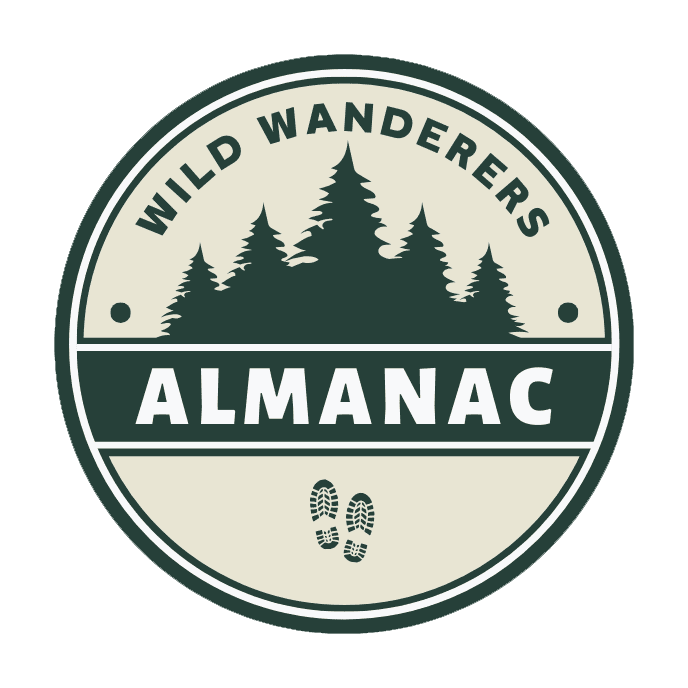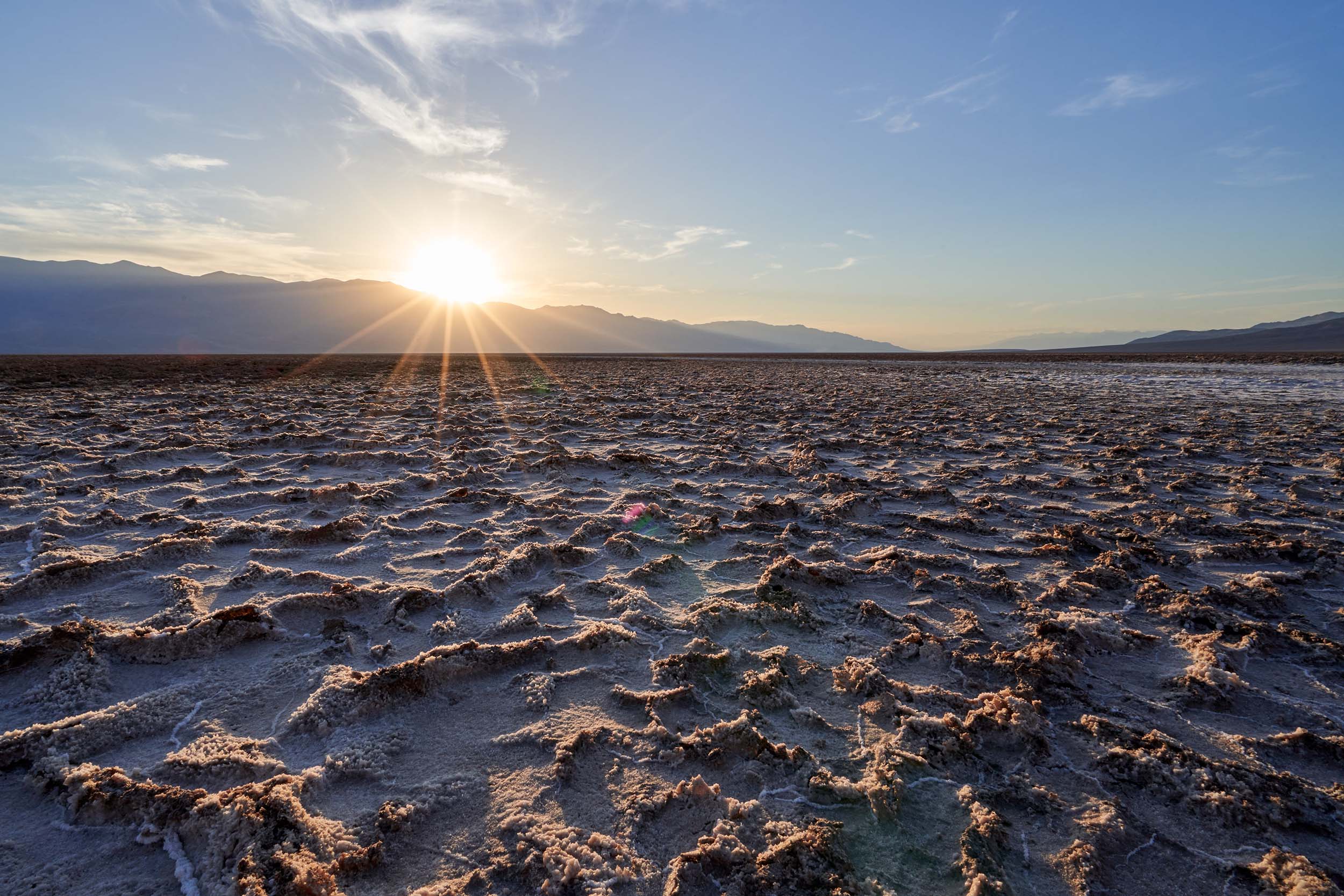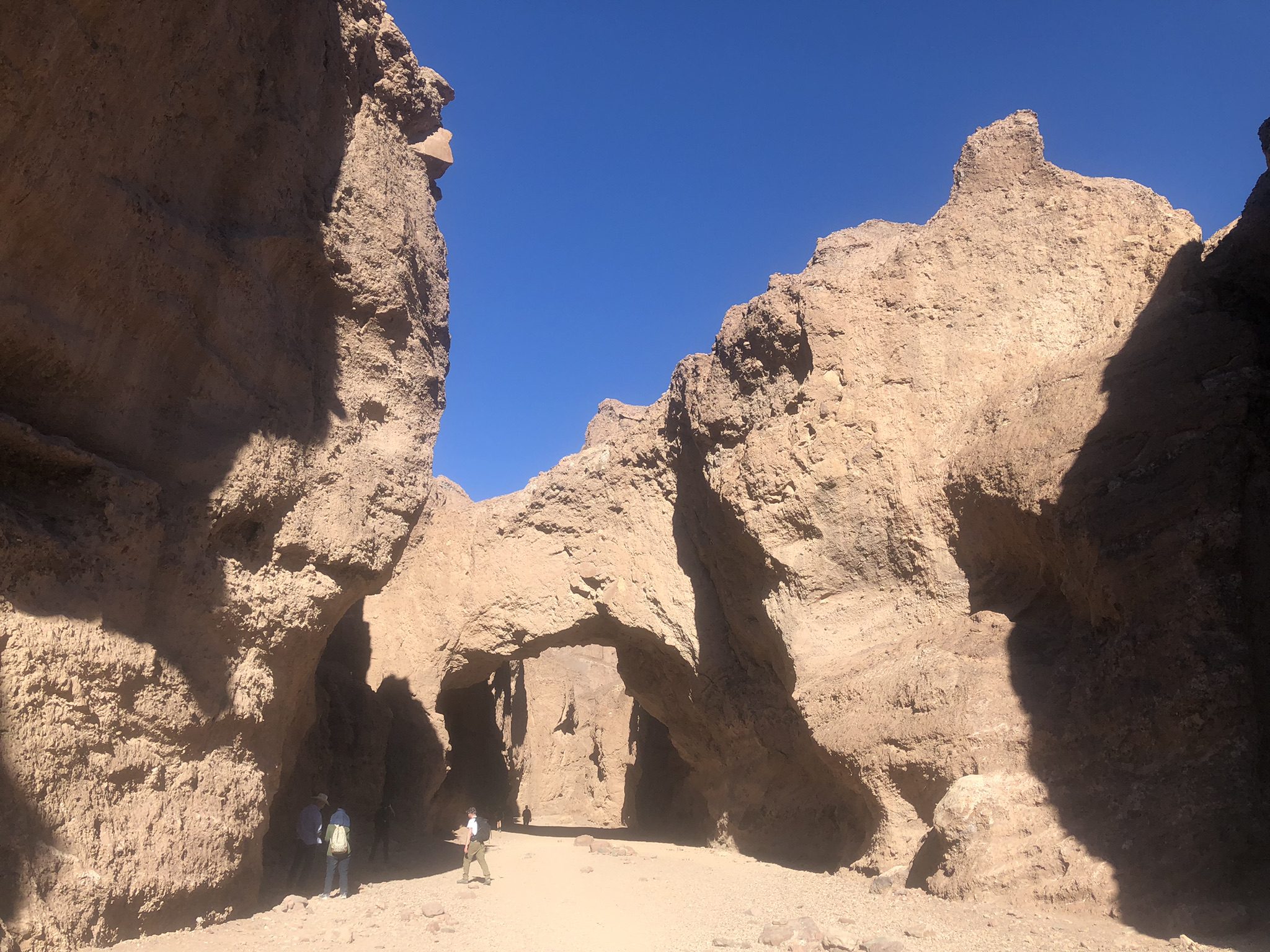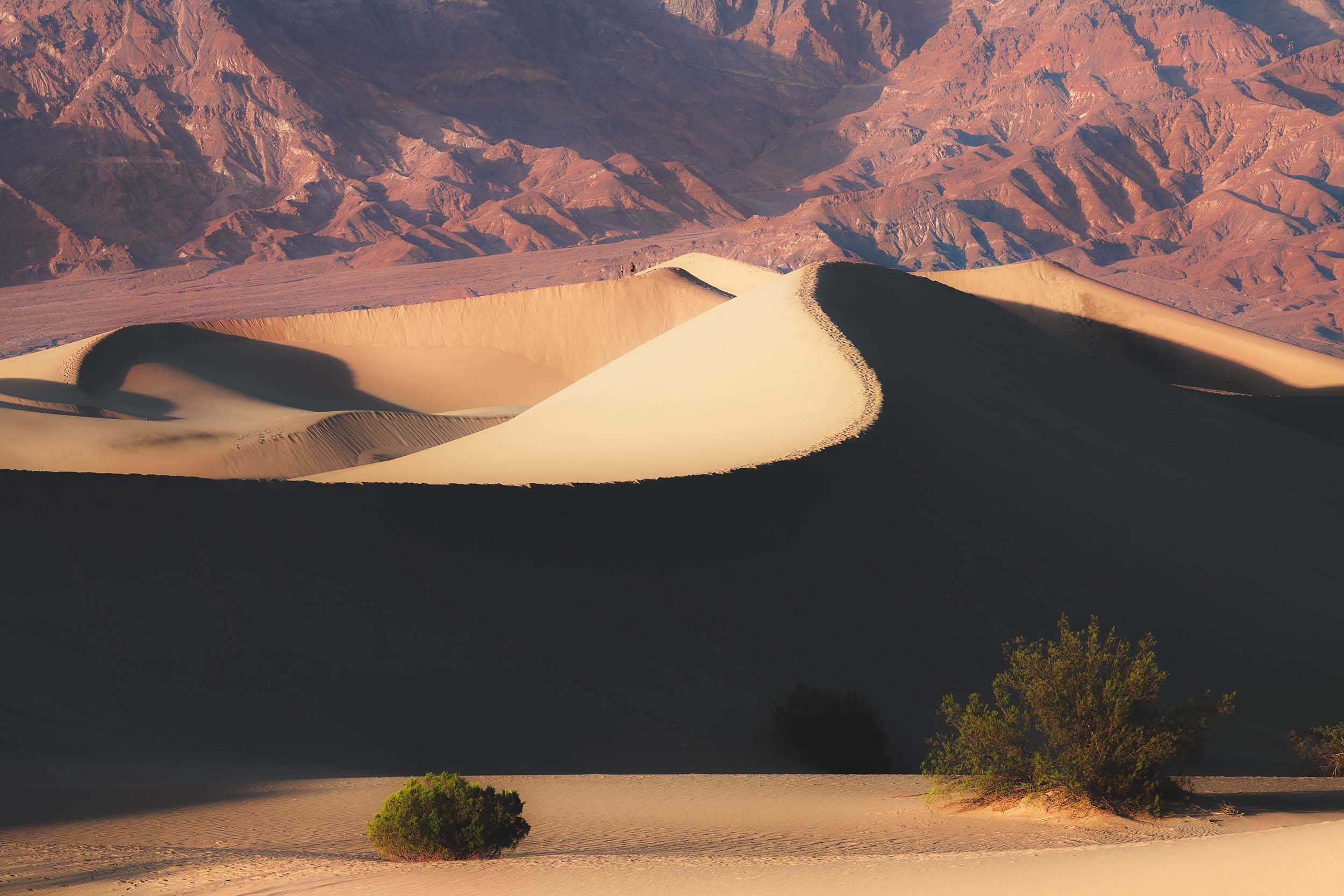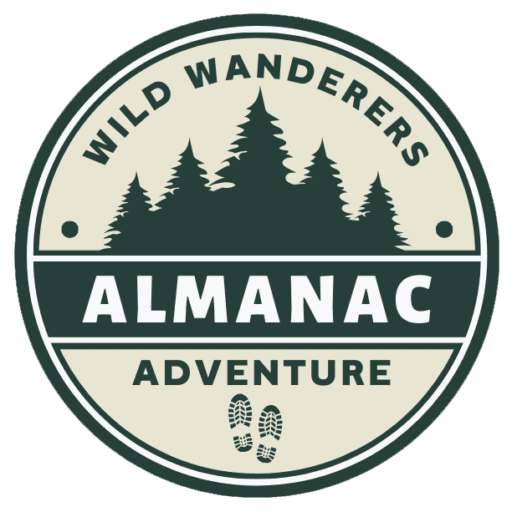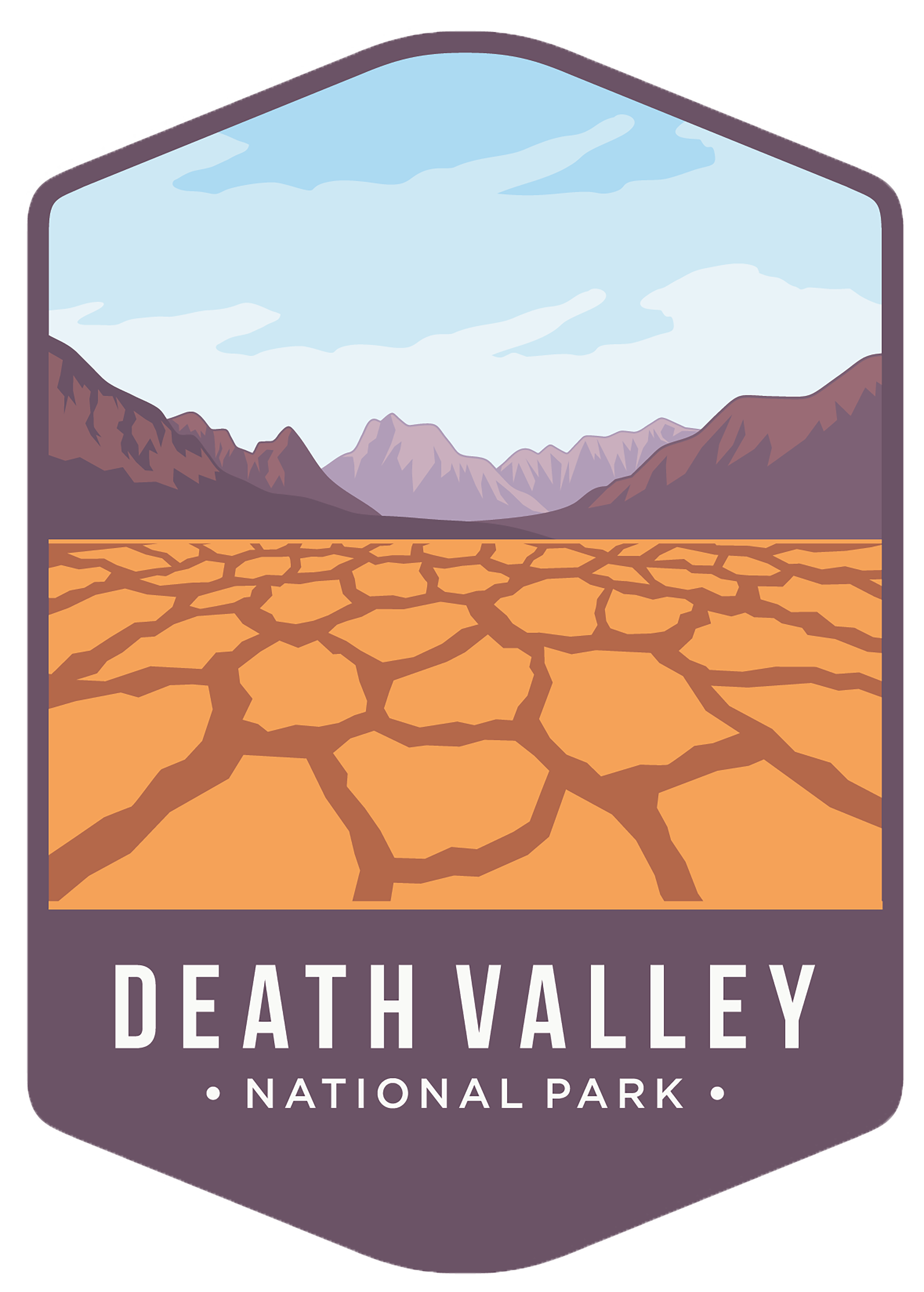
Death Valley National Park
Death Valley National Park, located in eastern California and stretching into Nevada, is renowned for its extreme conditions and otherworldly landscapes. It’s home to the lowest point in North America, Badwater Basin, at 282 feet below sea level, and is one of the hottest places on Earth, with summer temperatures often exceeding 120°F (49°C). The park’s dramatic scenery includes vast salt flats, towering sand dunes, rugged mountains, and vibrant canyons. Despite its harsh environment, Death Valley supports a surprising variety of life, making it a place of stark beauty and natural wonder.
Park Information Quick Facts
Location: Eastern CA & NV
Park Size: Over 3.4 Million Acres
Time Needed: 3-5 days
Best Season: Late fall – Winter
Must Do: Badwater Basin
Lodging: Campsites in and around the park
Pro Tips: Death Valley National Park reaches temperatures of 134 degrees. Best to plan trips during the colder months.
Plan Your Death Valley Adventure Today!
Visiting Death Valley National Park offers a unique experience of vast, rugged landscapes and dramatic extremes. Early morning or late afternoon are ideal for exploring due to the intense heat, especially during summer months. Popular stops include Badwater Basin, the lowest point in North America, the scenic Zabriskie Point, and the colorful Artist’s Palette. The park also features stunning stargazing opportunities, as it is one of the darkest places in the U.S. Visitors should come prepared with plenty of water, sun protection, and a vehicle in good condition, as services in the park are limited
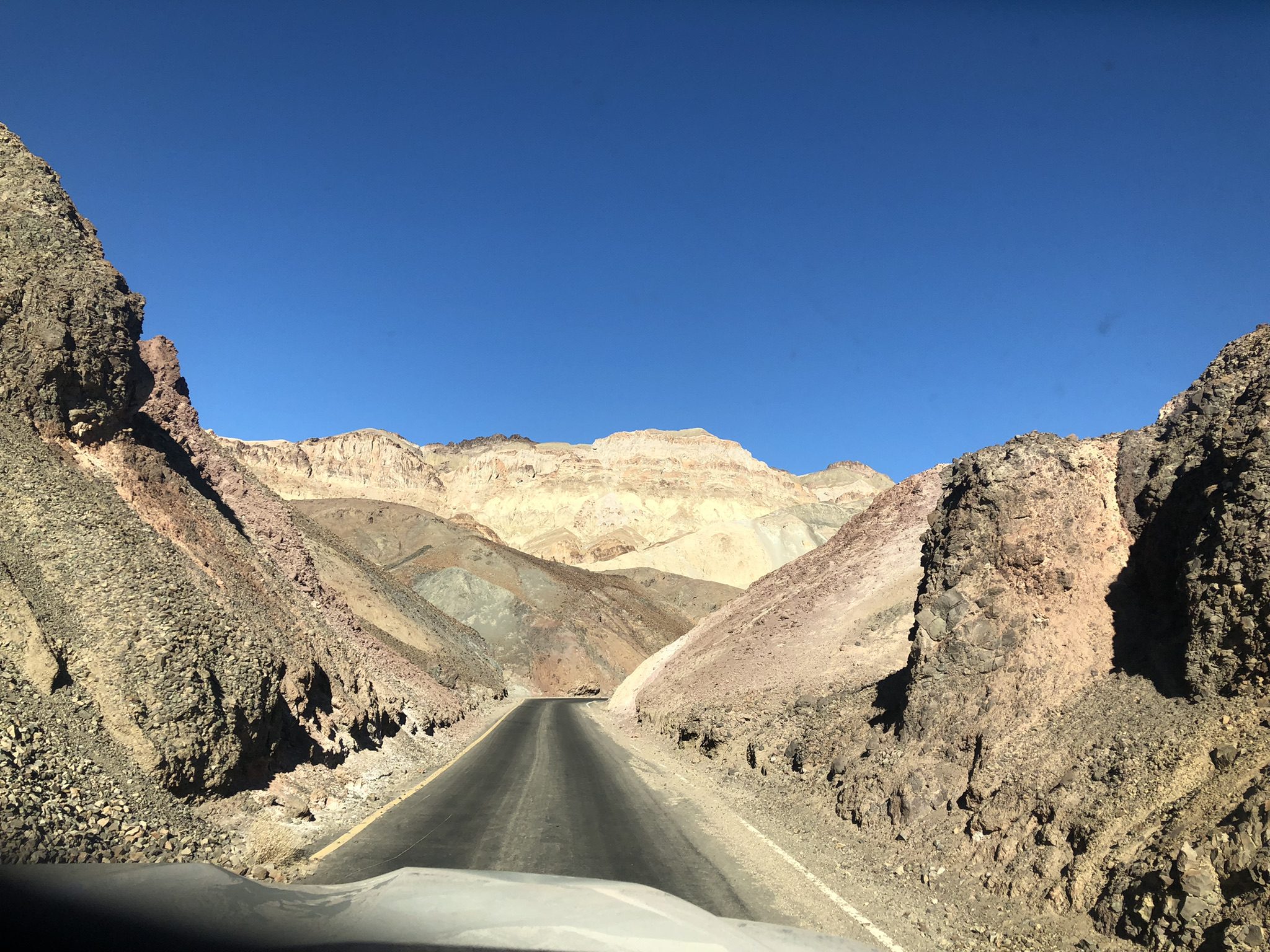
Getting There
How to Travel to Death Valley National Park
Death Valley National Park is accessible by car from several major cities, with the closest being Las Vegas, Nevada, about a two-hour drive away. Visitors can also drive from Los Angeles, which is approximately four hours away. Highways 190 and 178 are the main routes leading into the park, offering a scenic approach through vast deserts and mountain ranges. While driving is the most convenient option, travelers can also fly into Las Vegas or Los Angeles and rent a car for the rest of the journey.
When planning your trip, it’s essential to consider the time of year, as the weather in Death Valley can be extreme, particularly during the summer months when temperatures soar well above 100°F (38°C). Winter, fall, and early spring are the best seasons to visit, offering more moderate temperatures and pleasant conditions for hiking and sightseeing. If visiting during summer, it’s best to explore in the early morning or late afternoon to avoid the heat. Gas stations and services are limited within the park, so it’s wise to fill up your tank and stock up on supplies before entering.
Many of the park’s main attractions, like Badwater Basin, Dante’s View, and the Mesquite Flat Sand Dunes, are accessible via paved roads. For more remote areas, like the Racetrack Playa or Telescope Peak, a high-clearance vehicle is recommended. Cell service is limited within the park, so having a physical map and plenty of water is crucial. With proper preparation, a trip to Death Valley can be a remarkable adventure into one of the most extreme and beautiful environments in the world.
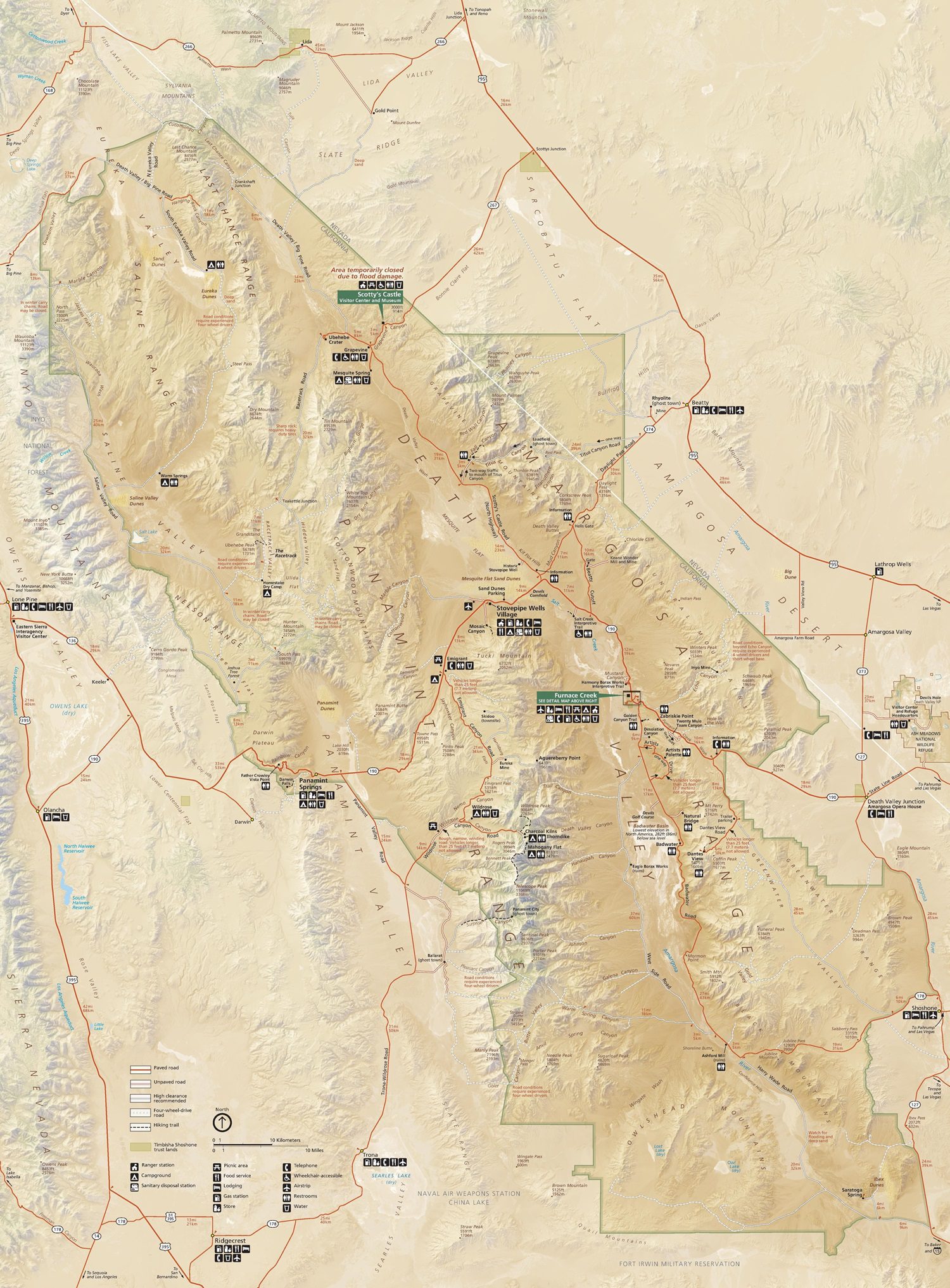
Campsites
Furnace Creek Campground
The most popular and centrally located campground, near the Furnace Creek Visitor Center, offering flush toilets, fire pits, and some shaded sites.
Sunset Campground
Located near Furnace Creek, this large, open campground is perfect for RVs but has fewer amenities (no hookups or fire pits). It’s a great spot for stargazing.
Texas Springs Campground
Also near Furnace Creek, this campground offers more privacy with elevated, gravel sites, along with flush toilets and fire pits.
Stovepipe Wells Campground
Located near Mesquite Flat Sand Dunes, this campground provides basic amenities with access to nearby services in Stovepipe Wells Village.
Mesquite Spring Campground
A quieter, more remote option located in the northern part of the park, offering scenic views and basic amenities like flush toilets.
Emigrant Campground
A free, tent-only campground located along Highway 190. It’s small and more primitive, with access to nearby hiking trails.
Mahogany Flat Campground
A high-elevation campground offering cooler temperatures and beautiful views, accessible via a high-clearance vehicle. It’s perfect for those looking for a more rugged experience.
Wildrose Campground
Another high-elevation option, with basic amenities like vault toilets and fire pits. It’s close to the Wildrose Charcoal Kilns and Telescope Peak trail.
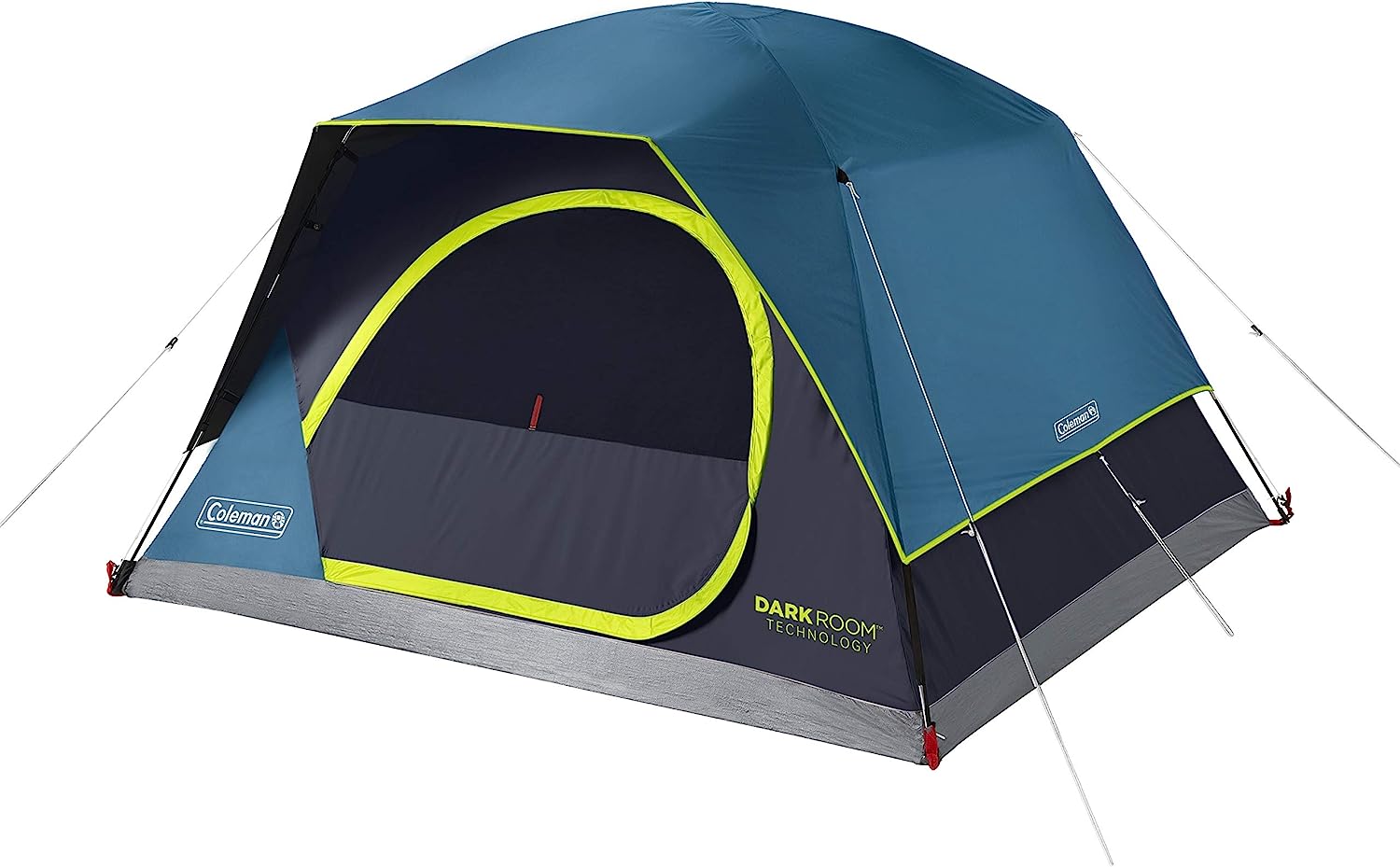
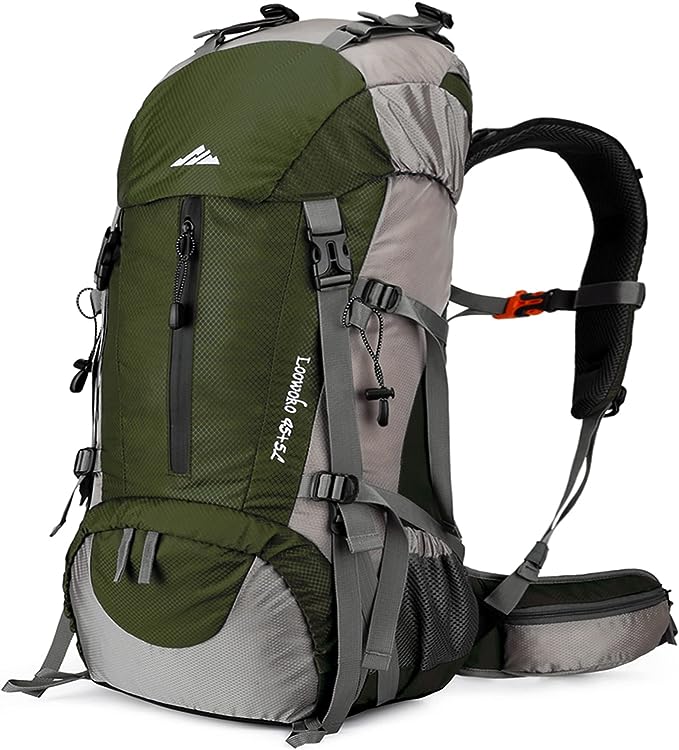
Important Notes
-
Prepare for Extreme Weather – Death Valley is known for its scorching heat, especially in the summer, with temperatures often exceeding 120°F (49°C). Winter nights, on the other hand, can be quite cold. Be sure to bring plenty of water, sun protection, and proper clothing for both daytime heat and nighttime chills. High-elevation campsites, like Mahogany Flat, offer cooler temperatures, but lower areas like Furnace Creek can be dangerously hot in summer.
-
Limited Services and Facilities – While some campgrounds like Furnace Creek offer amenities such as flush toilets, most campsites have limited services, and some, like Emigrant Campground, are more primitive with no running water. It’s essential to stock up on food, water, and fuel before entering the park, as gas stations and stores are few and far between. Cell phone reception is also limited, so having physical maps and emergency supplies is crucial.
-
Wildlife Awareness and Leave No Trace – While camping, be mindful of local wildlife, including coyotes and smaller desert creatures. Store food securely to avoid attracting animals to your campsite. Additionally, adhere to the Leave No Trace principles by packing out all trash, minimizing your impact on the environment, and respecting the park’s delicate desert ecosystem. The harsh conditions of the park make it all the more important to preserve its natural beauty.
Popular Hiking Trails
Golden Canyon to Red Cathedral
- A 3-mile round-trip hike through colorful canyons, leading to the towering Red Cathedral rock formation. It’s a moderate trail, perfect for a glimpse of Death Valley’s vibrant geology. For a longer hike, this trail can connect to the Gower Gulch Loop.
Mosaic Canyon
-
A 4-mile round-trip hike through a narrow, polished marble canyon, with smooth walls and small, climbable obstacles. It’s a moderate trail, great for experiencing Death Valley’s geology up close.
Badwater Basin Salt Flats
- This easy, flat hike covers a 1-2 mile round trip (depending on how far you want to go) across the expansive salt flats at Badwater Basin, the lowest point in North America. It offers a unique opportunity to walk on vast salt formations.
Dante’s Ridge
- A 5-mile round-trip, moderately strenuous hike along a ridge that offers spectacular views of the valley floor and the surrounding mountains. The trail starts from Dante’s View, one of the best viewpoints in the park.
Desolation Canyon
- A 3.6-mile moderate out-and-back hike that takes you through a remote, colorful canyon with some narrow sections and minor rock scrambling. The trail is less crowded, offering solitude and beautiful views of Death Valley’s rugged terrain.
Telescope Peak
- A challenging 14-mile round-trip hike that climbs to the highest point in the park at 11,043 feet. The trail begins at Mahogany Flat Campground and offers sweeping views of both the Sierra Nevada and Death Valley’s basin. This strenuous hike is best attempted in cooler months due to the high elevation and rugged terrain.
Wildrose Peak
- A 8.4-mile round-trip hike, starting near the Wildrose Charcoal Kilns, that takes you to a summit with panoramic views of the valley. This moderately strenuous trail offers cooler temperatures due to its elevation and beautiful mountain scenery.
Mesquite Flat Sand Dunes
- An easy, 2-mile round trip hike over rolling sand dunes, ideal for a sunrise or sunset walk. There’s no official trail, allowing hikers to explore the dunes freely, making it a great option for families or casual walkers.
Hiking Trails in Death Valley National Park
Hiking in Death Valley National Park offers an extraordinary experience of exploring some of the most unique and extreme landscapes on Earth. From the expansive salt flats of Badwater Basin to the towering peaks like Telescope Peak, the park’s trails showcase its vast desert beauty, colorful canyons, and rugged mountains. Hikers can enjoy easy walks, such as the Mesquite Flat Sand Dunes or Badwater Basin, or take on more challenging routes like Golden Canyon to Red Cathedral or the high-elevation trek to Telescope Peak. Due to the park’s extreme conditions, hikers must come prepared with plenty of water, sun protection, and proper gear, especially during the hotter months.
Trail Difficulty Levels
Hiking trail difficulty at Death Valley National Park varies widely, offering something for all skill levels. Easy trails like the Mesquite Flat Sand Dunes and Badwater Basin are short, flat walks suitable for all ages. Moderate hikes, such as Golden Canyon and Mosaic Canyon, involve some elevation changes and light rock scrambling, perfect for those seeking more adventure. For experienced hikers, strenuous trails like the Telescope Peak and Wildrose Peak hikes present significant elevation gains and rugged terrain. Regardless of the difficulty, all hikes require preparation due to the park’s harsh desert conditions and limited shade.
Scenic Views and Highlights
Death Valley National Park is renowned for its stunning scenic views and remarkable natural highlights. Visitors can experience dramatic landscapes like the expansive salt flats of Badwater Basin, the vibrant, multicolored hills of Artist’s Palette, and the sweeping views from Dante’s View, which overlooks the entire valley. The park also features towering sand dunes, such as the Mesquite Flat Sand Dunes, and striking geological formations, like Zabriskie Point, offering breathtaking sunrise and sunset vistas. From its vast desert plains to its rugged mountain peaks, the park’s diverse scenery provides unforgettable sights at every turn.
Gear We Used

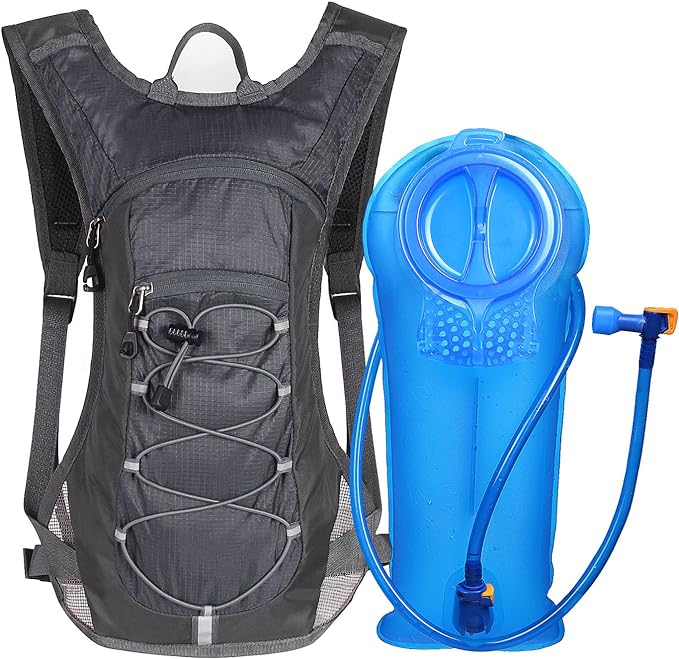
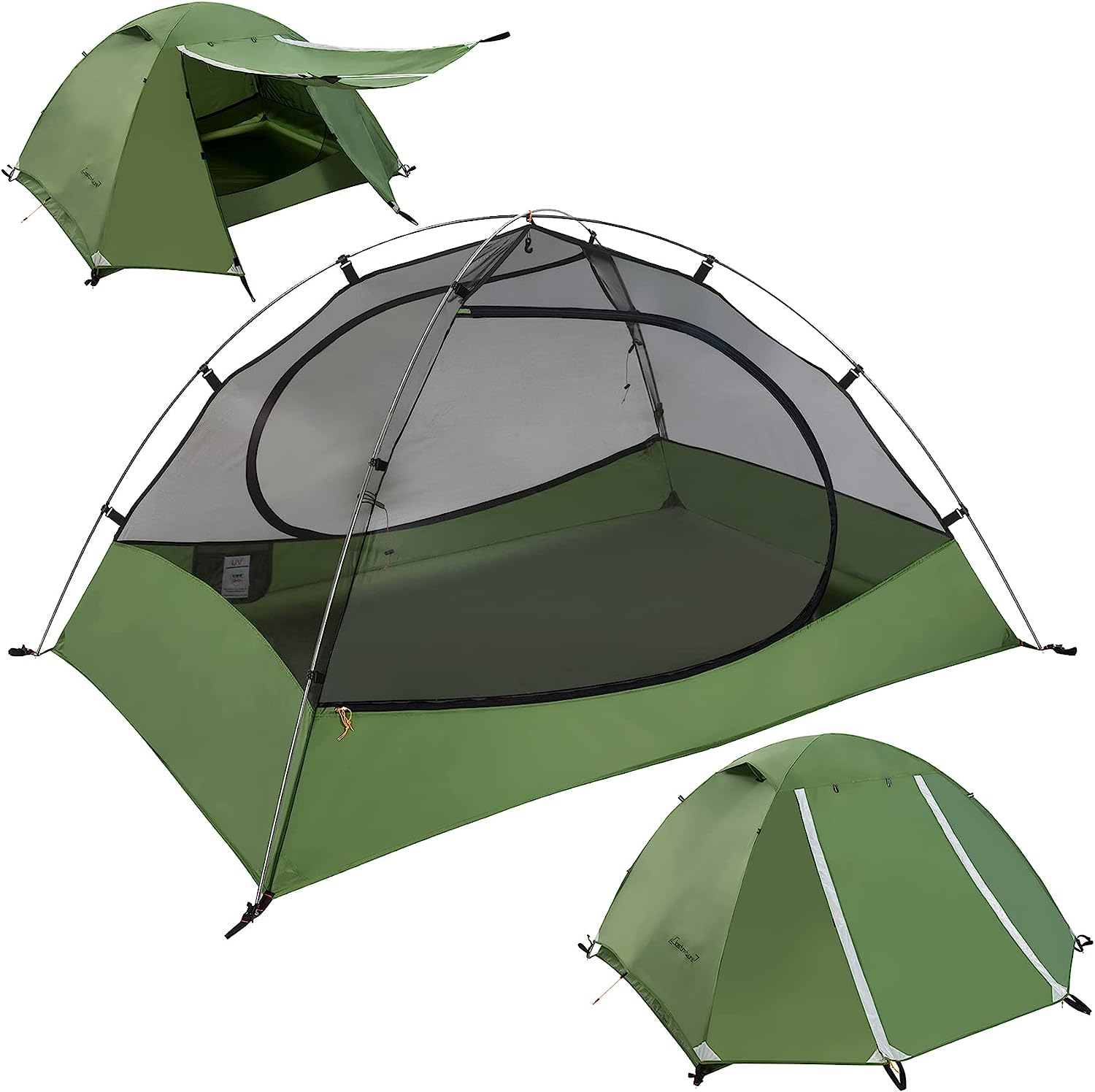
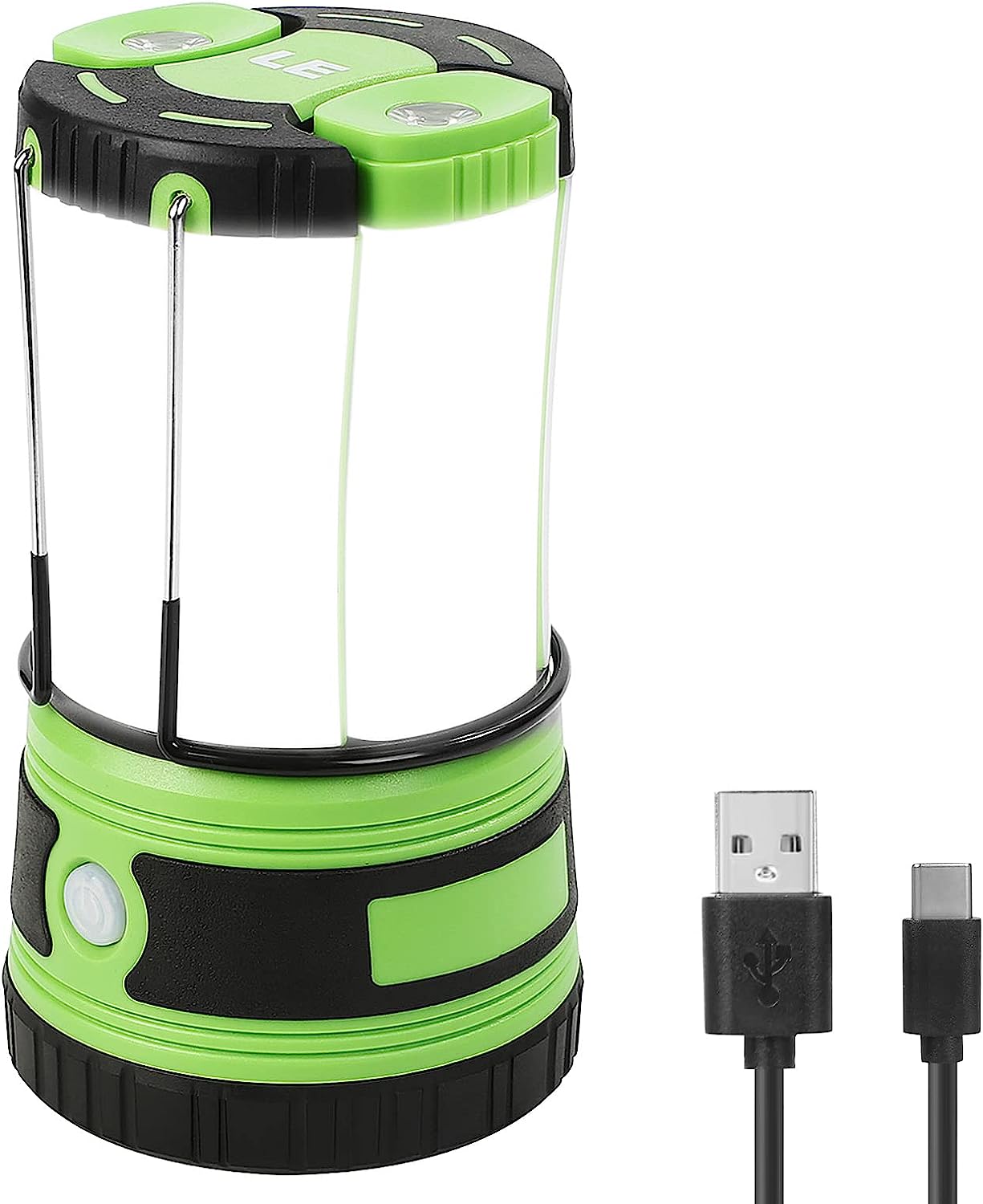
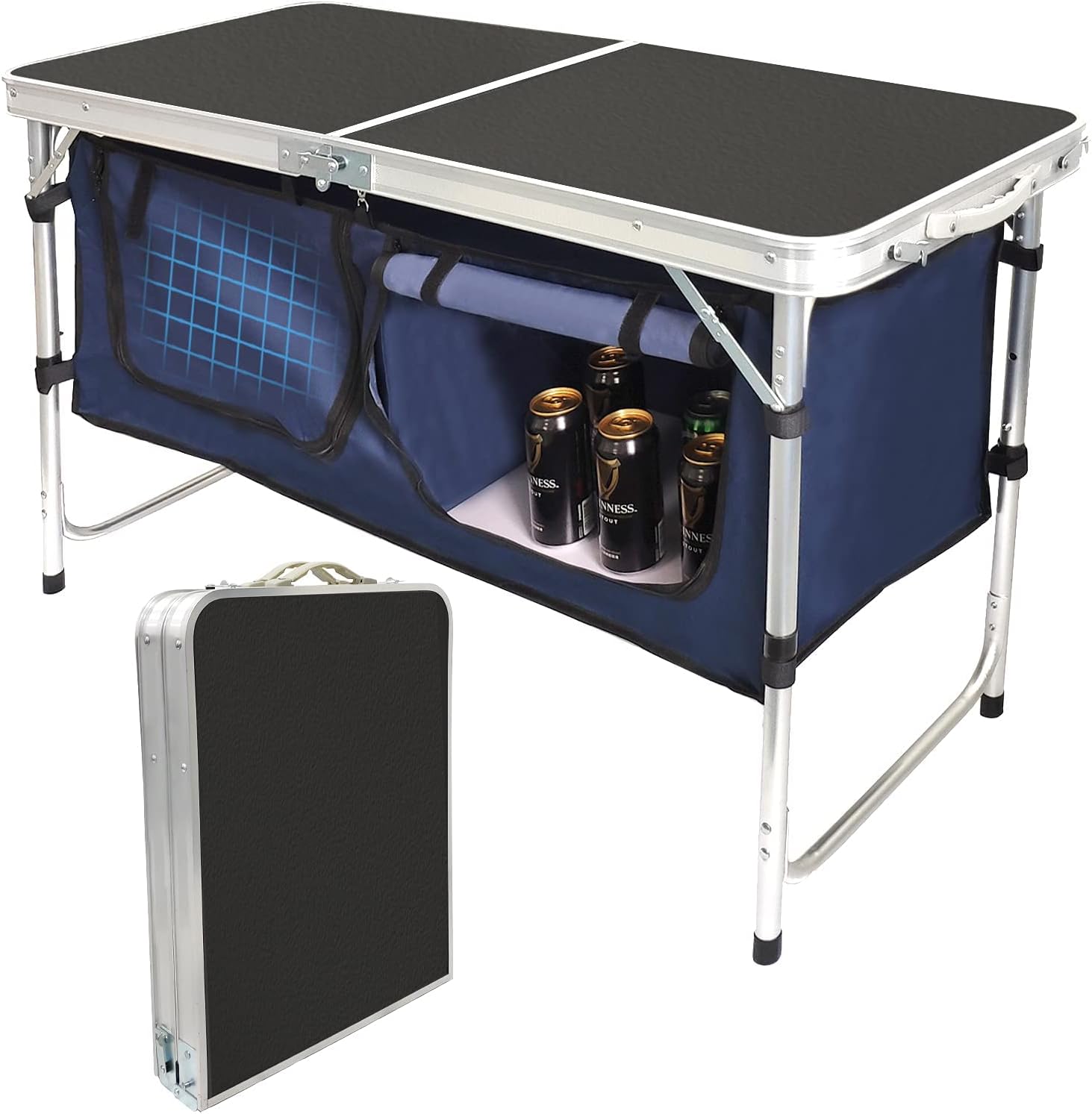
Death Valley National Park
The rock beds of Death Valley National Park showcase a fascinating variety of geological elements that tell the story of the region’s dynamic past. Layers of sedimentary, igneous, and metamorphic rocks are exposed throughout the park, revealing vibrant colors and intricate formations. Minerals like quartz, feldspar, and mica are common, while iron and manganese oxide deposits give areas like Artist’s Palette their strikingly vivid hues. The canyons, such as Golden Canyon and Mosaic Canyon, display smooth marble walls and sedimentary layers formed by ancient lakes.
Must-Do Activities
Explore Badwater Basin
Badwater Basin is the lowest point in North America, sitting at 282 feet below sea level. The vast salt flats create an otherworldly landscape, especially striking at sunrise or sunset. You can walk out onto the salt flats and take in the stunning, surreal views.
Hike the Mesquite Flat Sand Dunes
These dunes are some of the most accessible in the park and provide a beautiful spot for sunrise or sunset photography. Hiking through the sand offers a real desert experience. It’s a great place for a leisurely stroll or more serious exploration, but avoid it during midday heat.
Visit Zabriskie Point
One of the most iconic viewpoints in the park, Zabriskie Point offers a panoramic view of golden-hued badlands and layered mountains. It’s particularly beautiful at sunrise when the light illuminates the landscape in vibrant colors, making it a favorite spot for photographers.
Death Valley National Park History
Death Valley National Park, located in eastern California and stretching into Nevada, has a history shaped by its extreme environment and human interaction. Indigenous peoples, notably the Timbisha Shoshone, were the first to inhabit the region, adapting to the harsh desert climate by living near springs and using the seasonal resources for survival. European exploration of the area began in the mid-19th century during the California Gold Rush, with the valley earning its grim name in 1849 after a group of pioneers lost their way in the desert. Although most survived, the name “Death Valley” reflected the harrowing experience and the severe conditions they faced.
By the late 19th century, Death Valley became a hub for mining activity, particularly for borax, a valuable mineral used in cleaning and manufacturing. The famous 20-mule teams transported borax across the desert to railroads, becoming an iconic symbol of the region. While the mining industry flourished for several decades, the harsh landscape and extreme conditions drew scientific and recreational interest. Efforts to preserve Death Valley’s natural beauty began in the early 20th century, with calls to protect its unique geological features and wildlife.
